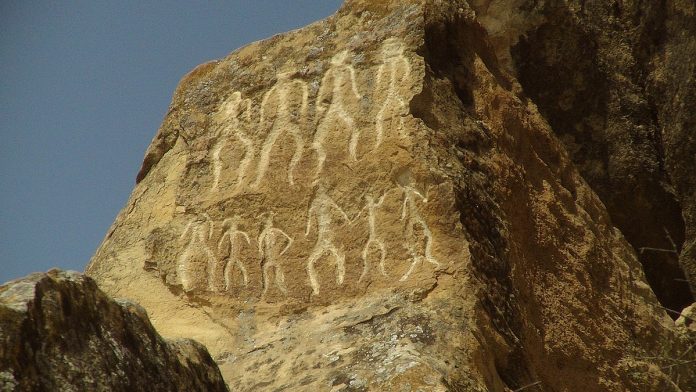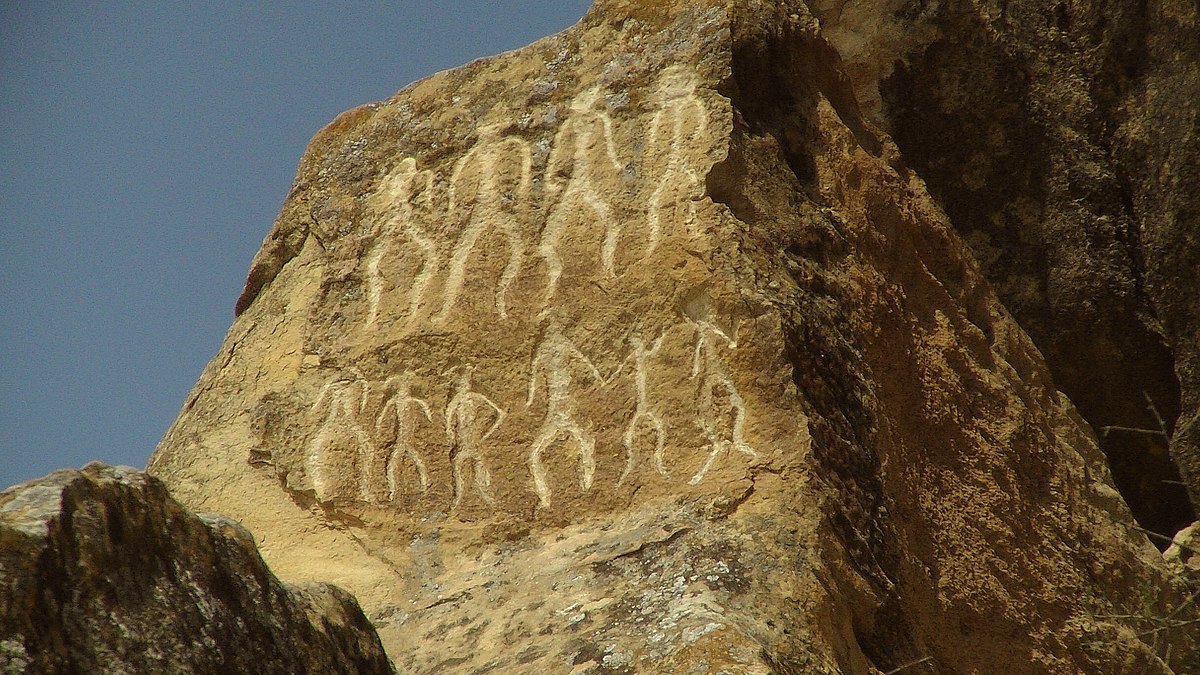
The remote and rugged landscapes of Arnhem Land in Australia’s Northern Territory harbour an artistic treasure trove spanning thousands of years. The rock art of this region provides an intimate window into the lives and beliefs of its Indigenous peoples, the Yolngu and Bininj, among others.
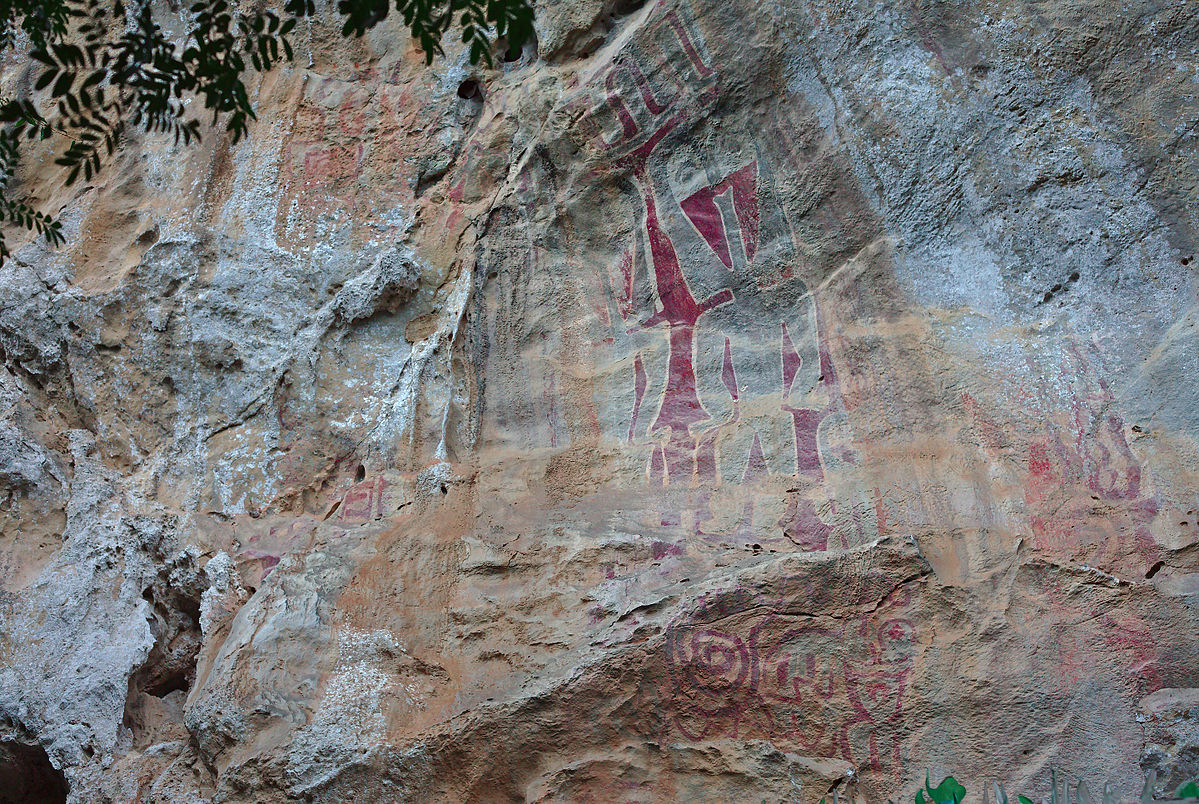
Recent research, leveraging modern technology, has begun to unravel the profound relationship between this art, the changing environment, and the communities that produced it.

Arnhem Land’s internationally significant rock art spans a variety of styles, including the renowned X-Ray technique, which evolved in response to dramatic landscape shifts.
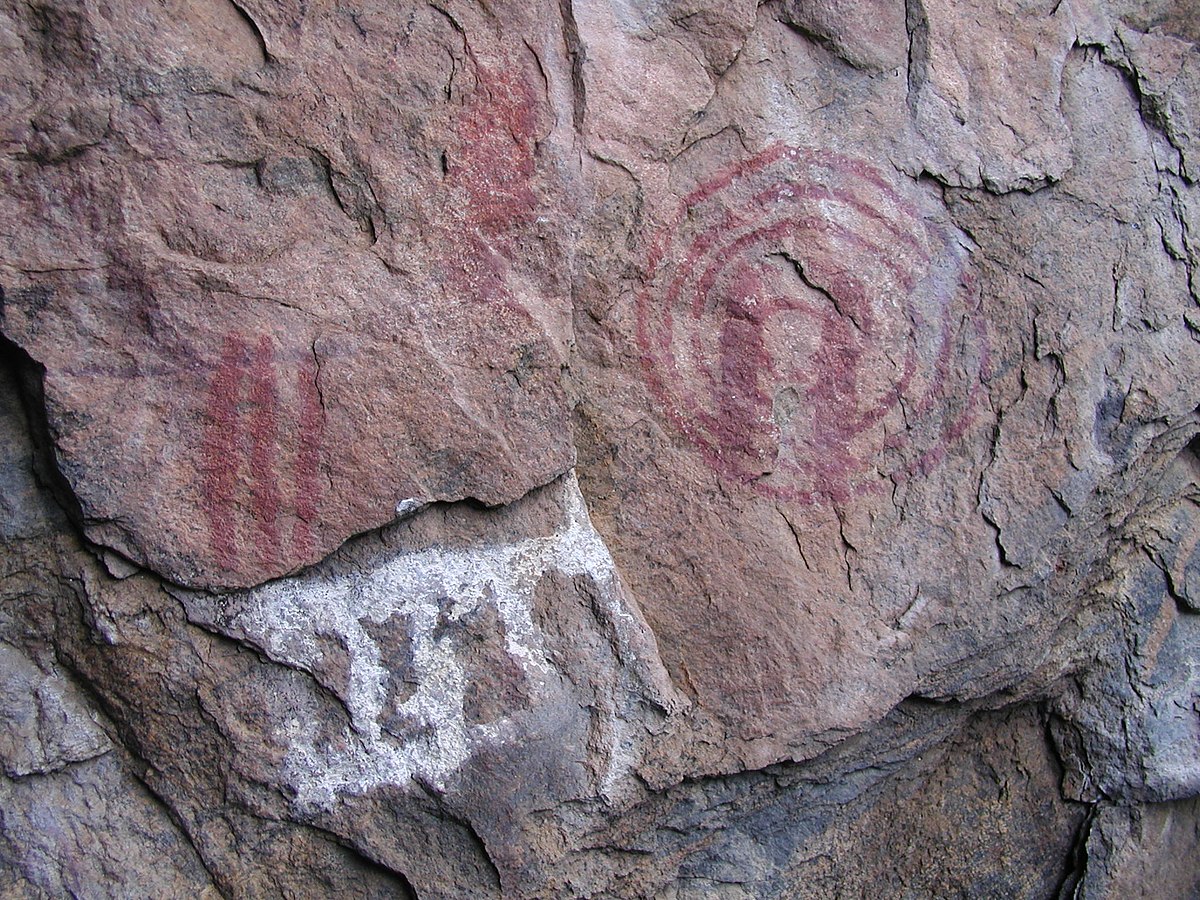
The rising sea levels over the past 14,000 years have transformed open savannas into mangrove swamps, now seasonally inundated freshwater wetlands, dictating the themes and placements of the ancient artists.
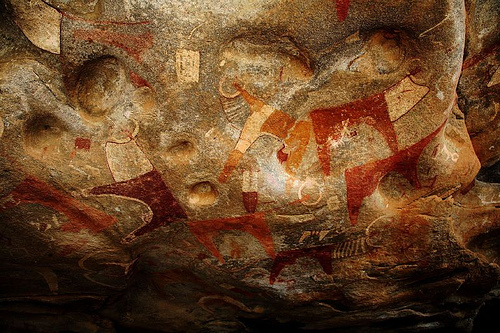
A team of researchers, in a study published in “Archaeological and Anthropological Sciences,” applied an innovative approach to interpret the rock art within the context of this dynamic landscape.
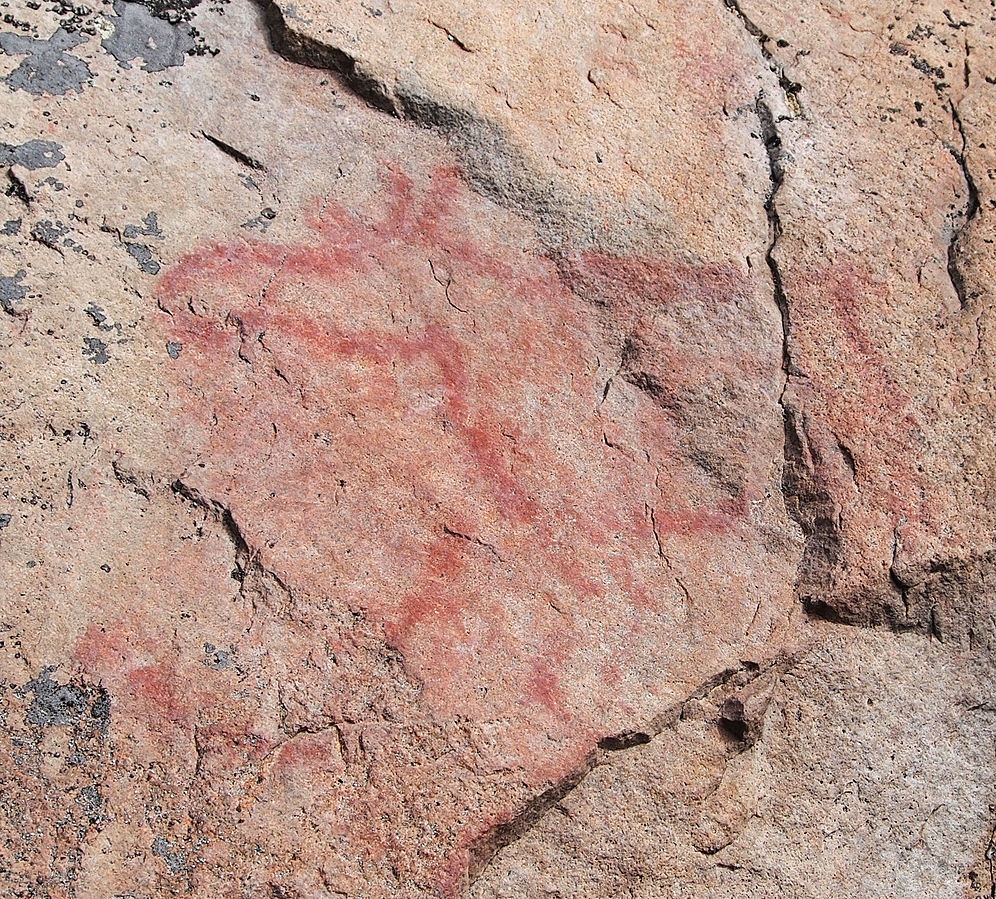
Utilizing high-resolution elevation data from plane and drone surveys, they mapped out the placement of rock art sites across the terrain, accounting for landscape changes over time.
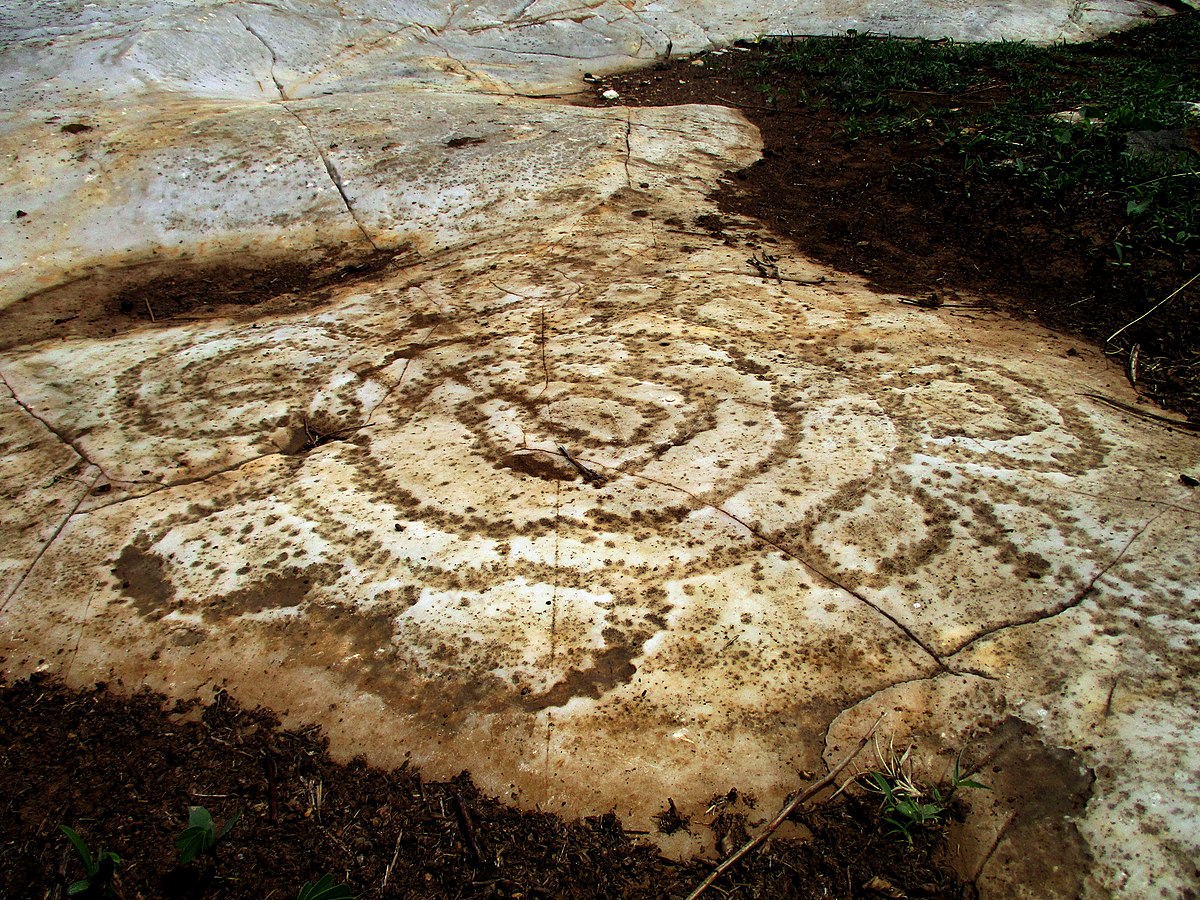
Their analysis revealed that rock art production peaked during a period when the area was engulfed by mangroves, suggesting a link to resource abundance or reactions to shrinking habitable land due to the encroaching sea.
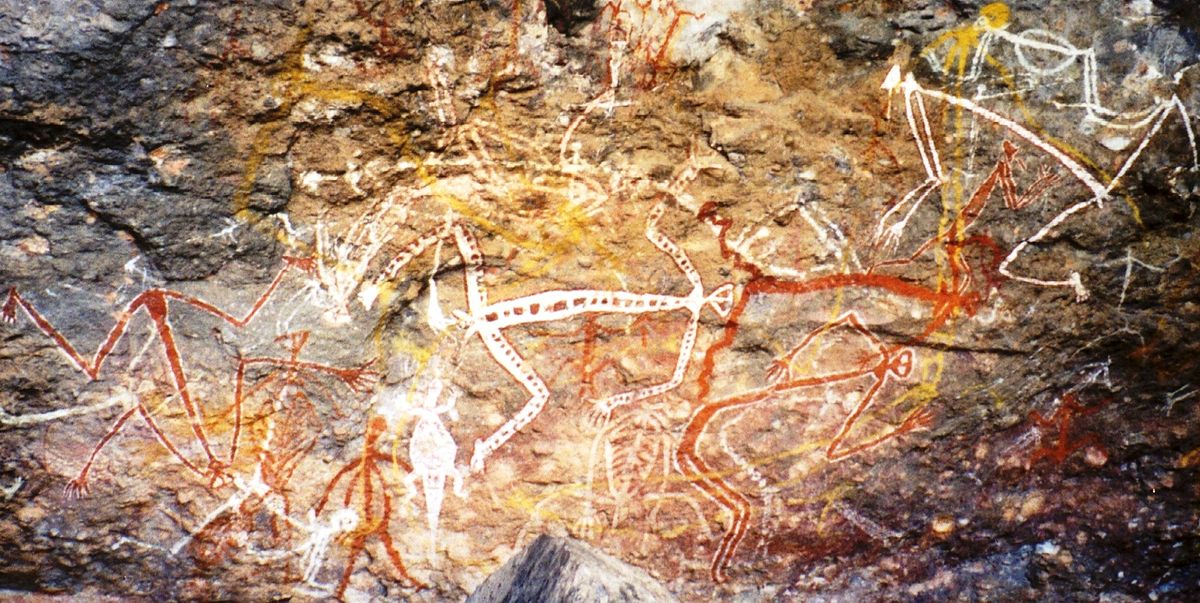
Moreover, the research uncovered that during the sea level rise, rock art was strategically created in locations that provided expansive views over open woodland. This vantage point may have facilitated hunting or the management of landscapes amidst the displacement caused by the advancing waters.

The data suggest that these places were intentionally chosen for their visibility, hinting at the societal and economic adaptations to the evolving environment.

The results further underscore that interpreting rock art solely through the lens of the present landscape can be misleading. A deeper understanding emerges when considering the historical topography surrounding these cultural sites. Such insights contribute significantly to the broader knowledge of human adaptation and resilience in the face of environmental change.
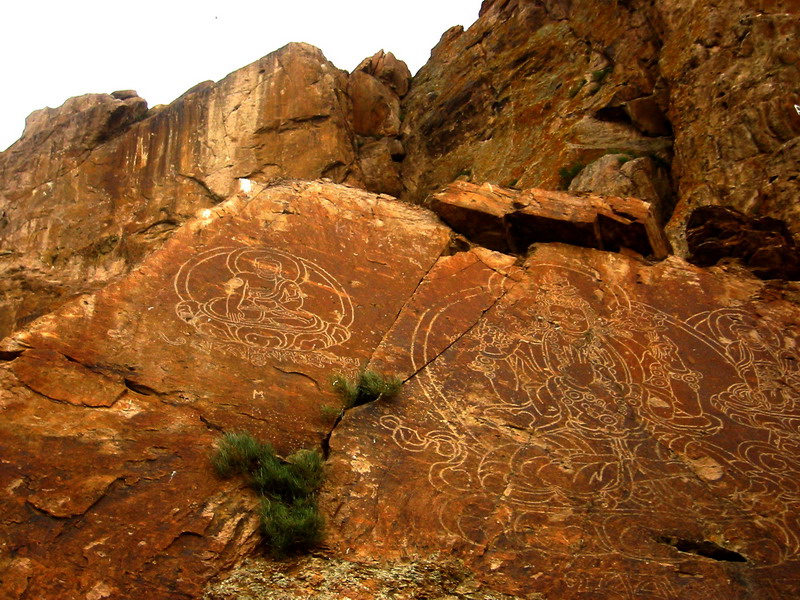
This burgeoning field of research dovetails with the broader narrative of Arnhem Land’s art history. The region’s galleries of ochre paintings on bark and wood, along with woven fibre arts and carvings, continue a tradition that stretches back to the ancient rock art. These creations encapsulate the rich cultural heritage and continue to hold spiritual significance for the Aboriginal communities.

The Maliwawa Figures, introduced by researchers Taçon and May in the journal “Australian Archaeology,” are a case in point. These paintings depict a world where humans and animals engage in a shared existence, offering a unique perspective on Indigenous life thousands of years ago. Yet, as the figures suggest, there is much still to learn about Australia’s early artists, and perhaps more undiscovered artworks waiting to be found.
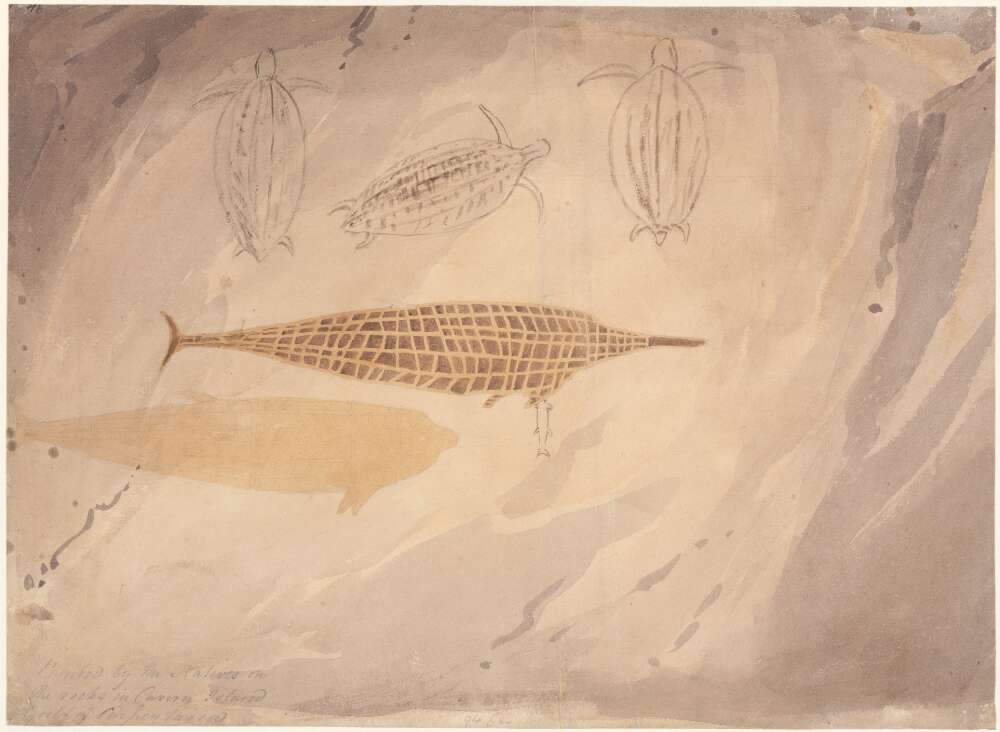
Arnhem Land’s rock art is not just an aesthetic marvel; it is a testament to the ingenuity and adaptability of human societies. As the region’s communities balance the preservation of their artistic heritage with modern challenges, the insights gained from studies like these become invaluable. They remind us that rock art is more than mere decoration; it is a narrative etched into stone, chronicling the enduring human spirit.
